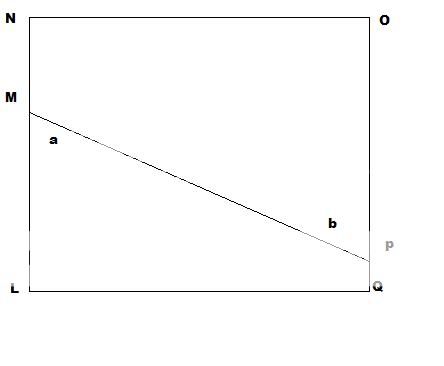Forget conventional ways of solving math questions. In DS, Variable approach is the easiest and quickest way to find the answer without actually solving the problem. Remember equal number of variables and independent equations ensures a solution.
In the diagram above, what is the length of MP if LNOQ is a square with an area of 64?
(1) a - b= 0
(2) OP = 1/2 OQ
There are 5 variables (2 triangles are side by side), one equation (LQ=8) and only 2 more equations are given from the 2 conditions, so there is high chance (E) will be our answer.
Looking at the conditions together,
a=b,
even if OP is half of OQ, we cannot obtain values for PM, so the answer becomes (E).
For cases where we need 3 more equation, such as original conditions with “3 variables”, or “4 variables and 1 equation”, or “5 variables and 2 equations”, we have 1 equation each in both 1) and 2). Therefore, there is 80% chance that E is the answer (especially about 90% of 2 by 2 questions where there are more than 3 variables), while C has 15% chance. These two are the majority. In case of common mistake type 3,4, the answer may be from A, B or D but there is only 5% chance. Since E is most likely to be the answer using 1) and 2) separately according to DS definition (It saves us time). Obviously there may be cases where the answer is A, B, C or D.

 65%
(hard)
65%
(hard)
 47%
(02:05)
wrong
47%
(02:05)
wrong  based on 145
sessions
based on 145
sessions
